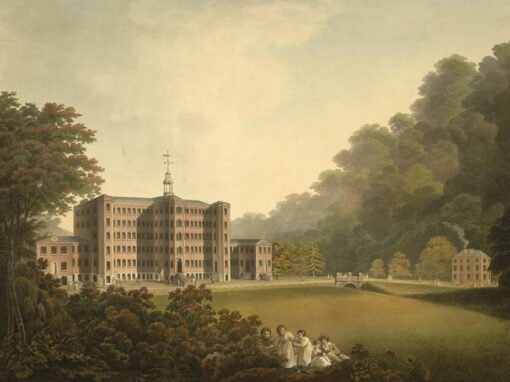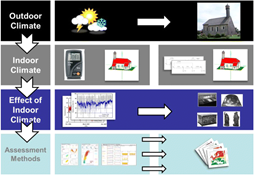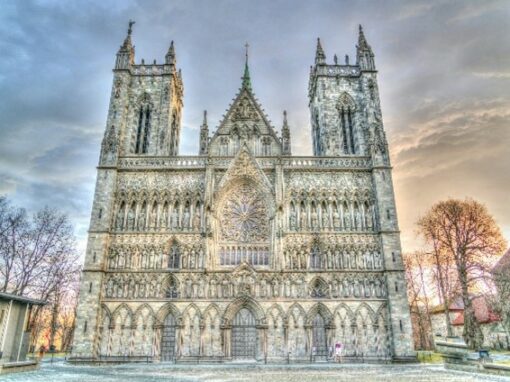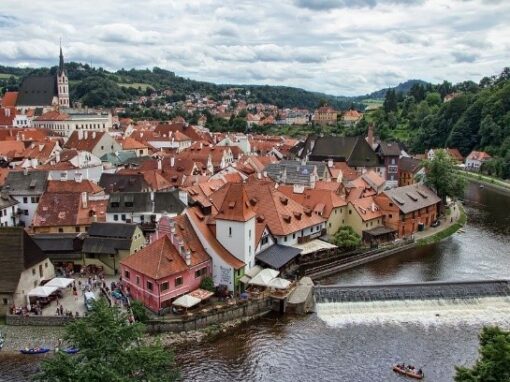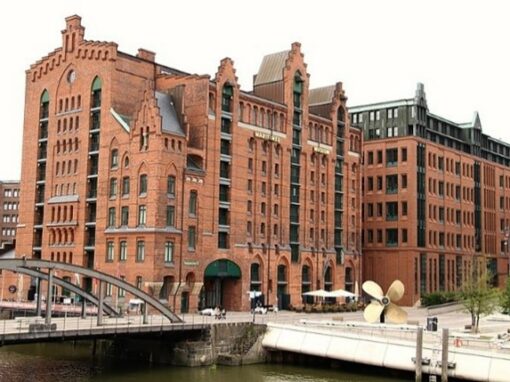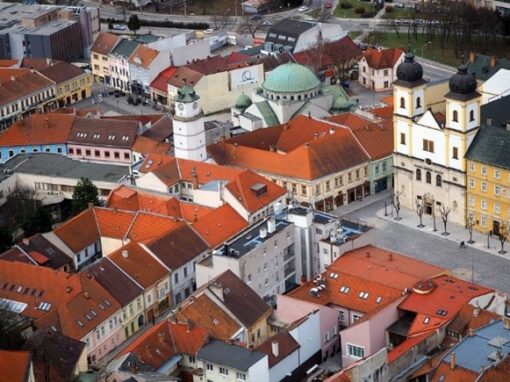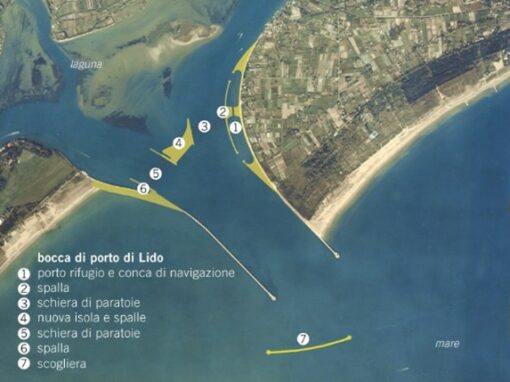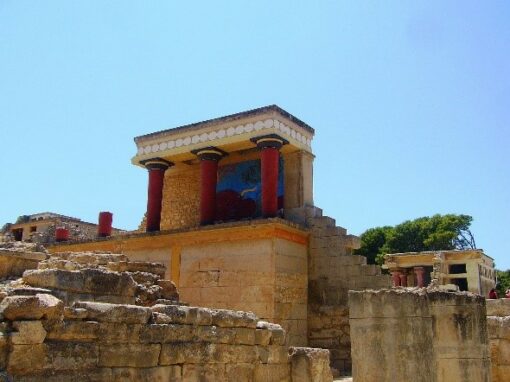Reconstruction of the Emilia-Romagna Region after major earthquakes
Emilia Romagna Region, Italy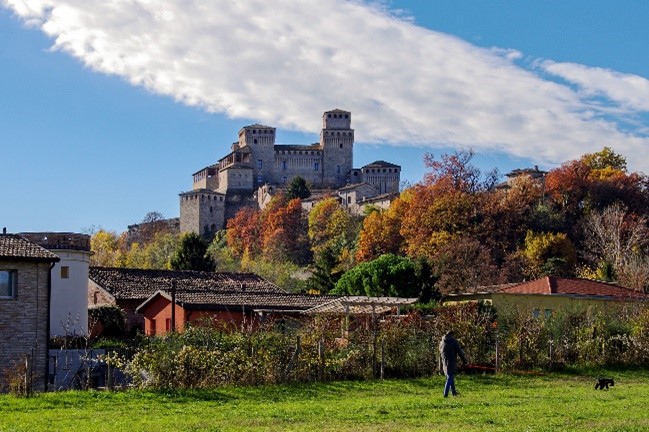
Lead
Main hazard(s)
Disaster Risk Management phase(s)
Type(s) of measure(s)
Background
On the 20th and the 29th of May 2012 two earthquakes of medium intensity (magnitude 5.9 and 5.8 on the Richter scale) affected the Province of Modena, Ferrara, Bologna, Reggio Emilia (Emilia Romagna Region) and Mantova (Lombardy Region), with 28 deaths, 300 injured, 45,000 homeless and dramatic impact on buildings, houses, schools and industrial plants (damage of €13.2 billion).
A committee for emergency governance was immediately created, consisting of local and regional government authorities. The commitee designed a plan for reconstruction with the local communities at its heart, identifying a set of priorities. The main one was community cohesion (schools, workplaces and homeless shelters were main targets for reconstruction, followed by a democrative and participative governance model during emergency and post-disaster recovery phases). The model was succesful and adopted by firms and other authorities around the world.
Sources
This initiative, along with many others, is featured in the Interreg BhENEFIT project’s inventory of good practices. You can access the booklet here: http://www.central2020.eu/Content.Node/Bhenefit/BhENEFIT-D.T1.2.1-Best-Practice-Inventory.pdf
BhENEFIT focused on improving the management of historic built areas, combining the dailymaintenance of historic heritage with itspreservationand valorisation in asustainable way.
For more information on BhENEFIT, visit: https://www.interreg-central.eu/Content.Node/BhENEFIT.html
